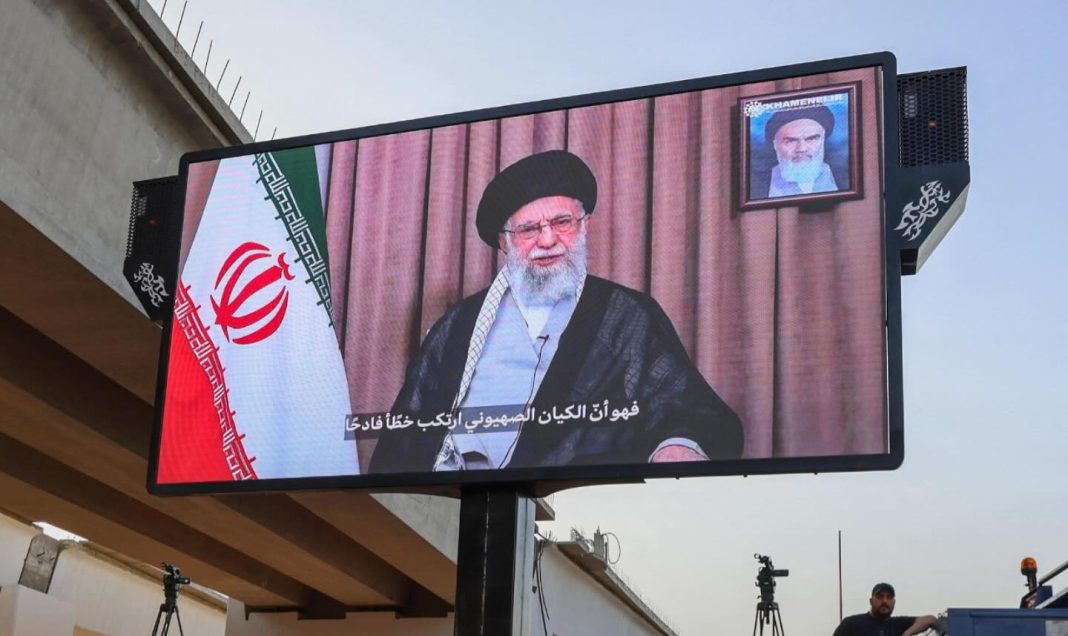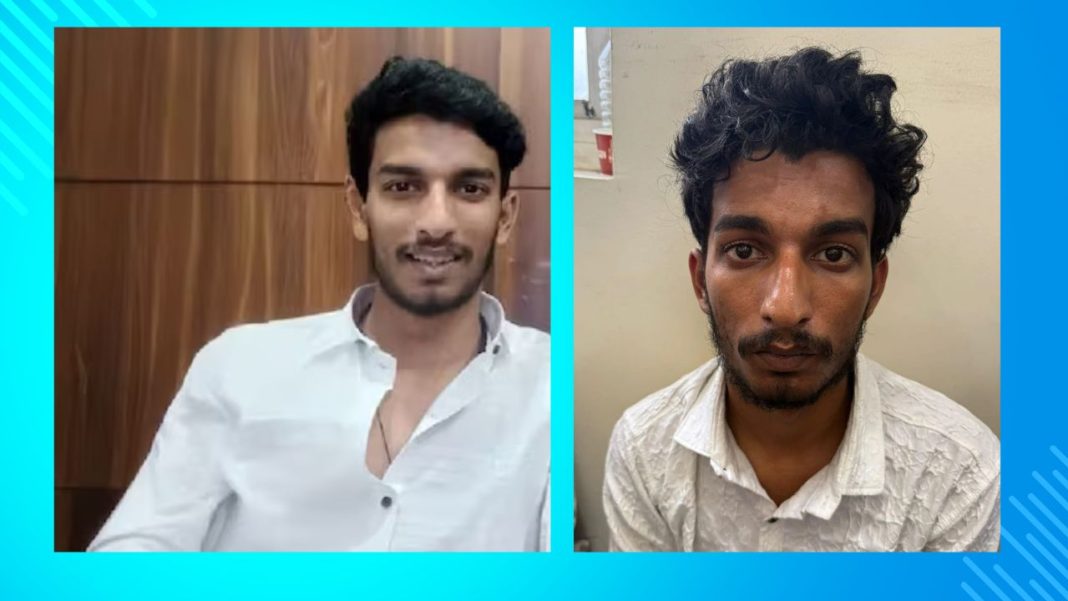By Dipak Kurmi
Bishnu Prasad Rabha was born on the 31st of January, 1909 in Dhaka—then part of pre-independent India and now Bangladesh—Bishnu Prasad Rabha emerged as a towering figure in Assam’s socio-political and cultural landscape. The son of Gopal Chandra Rabha and Gethi Das, Rabha’s life was a testament to his unwavering commitment to justice, equality, and transformation. From his fervent participation in India’s freedom struggle to his relentless advocacy for the downtrodden as a Marxist revolutionary, Rabha’s journey embodied a vision of revolution not as mere bloodshed but as a profound societal metamorphosis. Holding a pen in one hand and a sten gun in the other, he sought to dismantle the exploitative structures of colonialism, feudalism, and capitalism, dreaming of an egalitarian society governed by the panchayatiraj of laborers and farmers. This article examines Rabha’s contributions to India’s independence movement and his subsequent struggle for the liberation of Assam’s oppressed masses through his Marxist ideology and revolutionary activism.
Rabha’s revolutionary spirit ignited during his college years, though his education at institutions like St. Paul’s Cathedral Mission College in Kolkata, Victoria College in Cooch Behar, and Karmail College in Rangpur remained incomplete due to his immersion in anti-British activities. In 1930, as a student at Ripon College, he plunged into Mahatma Gandhi’s Non-Cooperation Movement, gripped by the nationwide fervor for independence. However, Calcutta’s parallel insurgent movements, which attracted many students, drew police suspicion toward the bold Rabha, who endured torture in his hostel. Seeking safety, he transferred to Victoria College in Cooch Behar, but his defiance persisted. Amidst Gandhi’s arrest and the colonial regime’s brutal suppression of non-violent protesters, Rabha fearlessly inscribed a provocative verse before Cooch Behar’s royal palace: “Rajye ache duti patha / Ekti kalo ekti sada / Rajyer jodi mangol chao / Duiti pathai boli dao” (In the state there are two goats, one white, one black / If you want the state’s well-being, slaughter both). Here, the “white goat” symbolized British officer Hotkins, and the “black goat” represented Indian collaborators. Rabha’s audacity escalated as he lowered British flags across Cooch Behar, hoisting the Indian National Congress banner, intensifying his enmity with colonial authorities.
For Rabha, independence was not merely liberation from British rule but the establishment of a panchayatiraj—a socialist governance by laborers and farmers. Joining the Revolutionary Communist Party of India (RCPI) in 1945, he reimagined India’s freedom struggle through the lens of class struggle, influenced by Marxist and Leninist principles introduced by RCPI founder Soumendranath Tagore, who had represented Indian communists internationally in 1928. When India gained independence on August 15, 1947, Rabha denounced it as “yeh aajadi jhutha hain” (this is a fake independence), hoisting a black flag at Digheli, Assam. He argued that true independence required leadership by labor organizations, not the Congress, which he saw as a bourgeois entity perpetuating elite dominance. Disillusioned with the native government, Rabha aligned with the poor, joining the communist movement to challenge the zamindars’ exploitation, often evading government surveillance by living incognito.
Rabha’s embrace of Marxism in the 1940s shaped his vision of an egalitarian society. The RCPI, founded in 1943 as the Communist League of India and rooted in Marxist-Stalinist principles, galvanized Assam’s youth with messages of international solidarity. Rabha articulated socialism’s transformative potential, stating: “Through socialism, the government, industries, and science will be in the hands of the common public. Then the common people… will demolish from their panchayat the rich who become rich by exploiting… The industries will be taken over by the common people” (Bishnu Prasad Rabha Rachana Sambhar, Vol. 2, pg. 988). He equated the laborer-farmer panchayat with socialism itself, envisioning a society where the toiling masses controlled resources, enabling prosperity and leisure for human fulfillment. Rabha’s Marxism, inspired by Hegel, Marx, and Engels, viewed revolution as a gradual evolution culminating in sudden transformation, akin to biological adaptation against environmental challenges. He believed every individual harbored a revolutionary spirit, essential for societal progress.
As India’s independence movement peaked in the mid-1940s, events like the 1945 Royal Indian Navy Mutiny, the Azad Hind Fauj’s campaigns, and labor strikes in Bihar’s coal mines signaled revolutionary potential. The RCPI, seizing this moment, resolved in 1948 to pursue regional power through insurgency, destabilizing the nascent Indian government. Declared illegal, the RCPI faced severe repression, with arrest warrants issued against Rabha and others. Undeterred, Rabha went underground from 1948 to 1951, traversing Assam’s forests, hills, and villages—extending his mission to Bhutan—with a sten gun on his shoulder and a pen in hand. He organized youth, farmers, and laborers, spreading RCPI’s ideals through cultural performances and writings that ignited revolutionary consciousness. His slogan “Nangal Jar Mati Taar” (The land belongs to the tiller) encapsulated his demand for economic justice, challenging the feudal stranglehold of zamindars and mouzadars.
Rabha’s artistic expressions amplified his revolutionary message. His writings and performances, infused with Marxist ideology, transcended mere propaganda, earning him a singular place among contemporaries. Unlike peers who confined revolution to violence, Rabha saw it as a creative transformation, blending cultural innovation with political activism. His ability to articulate egalitarian ideals through art—music, drama, and literature—distinguished him as a cultural icon, inspiring Assam’s masses to envision a classless society. However, the RCPI’s armed struggle faltered, misjudging the political climate. By 1952, Rabha was arrested in Ghilaguri, Goalpara, after a Rs. 10,000 bounty was placed on him. Disillusioned with RCPI’s strategic errors, he joined the Communist Party of India (CPI) in 1955, embracing parliamentary democracy while retaining his Marxist convictions.
In 1967, Rabha won a legislative seat from Tezpur as an independent, collaborating with CPI members in the Assam Legislative Assembly. His speeches reflected his enduring commitment to revolution, advocating for peasant and laborer rights. Rabha’s vision of a unified communist movement was thwarted by factionalism, with splits into RCPI, CPI, CPI-M, and CPI-ML weakening the revolutionary cause. He lamented these divisions, believing a singular communist party was essential for effective change. Despite setbacks, Rabha’s humanitarian socialism—rooted in unity, mutual love, and brotherhood across caste, creed, and race—continued to inspire. His dream of a progressive society, free from class exploitation, emphasized collective action under socialist guidance, a responsibility he shouldered through tireless mobilization.
Rabha’s legacy transcends his political struggles, enriching Assamese language, literature, culture, history, and ethnography. Though he did not fully realize Marxism in Assam, his revolutionary spirit endures, resonating with contemporary youth and activists. His contributions to India’s freedom struggle and his Marxist odyssey for the downtrodden highlight a life dedicated to transformation. Rabha’s call for unity against capitalist aristocrats remains relevant, urging a reevaluation of societal values in an era of fragmented communist movements and entrenched elite power. As a sentinel of egalitarianism, Bishnu Prasad Rabha stands as an enduring inspiration, his pen and gun symbolizing a relentless quest for a just, classless world.
(the writer can be reached at dipakkurmiglpltd@gmail.com)




